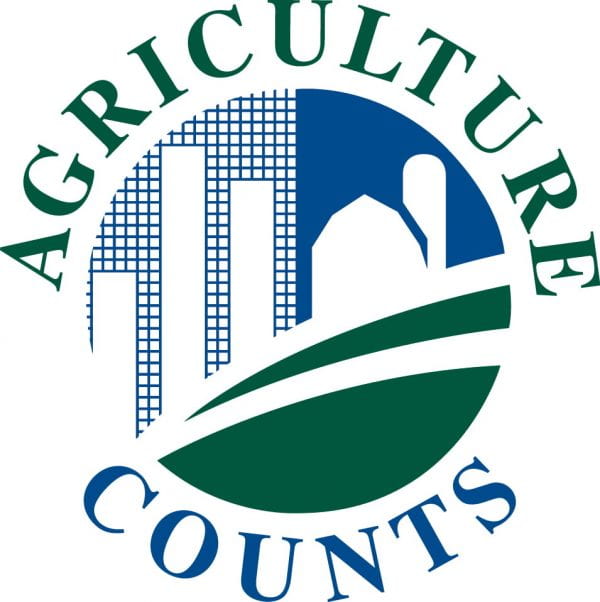Thanks to Gary Graham of Ohio State University Extension for writing this article. We have broken it in two parts, but both installments end the same way – with an urge to sign-up, participate, and be accounted for in the USDA NASS Census. Last week’s first installment focused on what the USDA NASS Census accomplishes and why it is so crucial to participate. This week, Gary emphasizes why your participation is so important and addresses common misconceptions that hold producers back from contributing.
Why should you report?
Would you like to make more money for your production efforts? Do you like to obtain the latest information and research to help your production process be more efficient? Would you like to receive assistance making you more economically competitive? Are you interested in increasing the likelihood that your kids or the next generation will be able to continue to farm? These and many other direct and personal questions could be asked, and they are all answered by each producer taking their responsibility seriously by reporting production volumes to NASS. Besides being a civic duty, a federal law requires you to respond to the Census.
My neighbors do not participate because of their cultural beliefs.
We live in the greatest country on earth where we have so many freedoms and choices. Religious freedoms are a pillar of the foundation our country is built on. Replying to NASS’s request for information does not infringe upon one’s religious or cultural beliefs. Participating in the Census merely gives a true accounting of the volumes and values of each commodity in our great country. Just because you chose to not take advantage of the financial benefits or programs resulting from the Census, you are still bound by law to participate and hurting yourself by not being counted.
My operation won’t make a difference.
Actually, it does. “Since 1975 a farm is defined as any establishment from which $1,000 or more of agricultural products were produced during a year.” A little harsh to say but here it goes: “If you’re not a big enough commodity to be counted then you are not important enough to receive help.” Hundreds of billions of dollars are annually distributed to states based on the information collected from the Census. These dollars go to improve markets where your products are sold. Promoting your commodity to consumers. Providing research and education dollars to help bring the latest knowledge in operation efficiency assisting you in making a better living. It gives you a competitive edge over cooperate farms. It gives the next generation help to keep agriculture growing. So YES, it does matter when you don’t report your production. It hurts you, it hurts other producers, and it hurts the next generation of producers.
I do not know what to do.
It’s easy. First you need to get signed up so you can be surveyed. NASS cannot directly visit every person producing an agricultural commodity and ask them to participate. NASS relies on the honesty and cooperation of producers to voluntarily sign up. Again, I can’t stress enough this will never open you up to other surveys or government agencies.
Before June 30, 2022, sign up for the USDA NASS Census here. Once signed up, you will receive a Census through the mail in November 2022. Your completed census needs returned before February 2023. The data will be analyzed and the results reported in early 2024.
